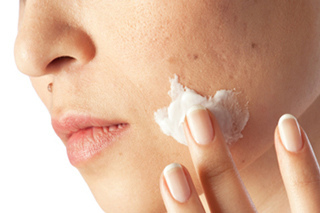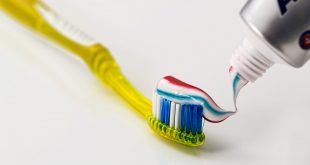Exfoliating your skin removes the layer of dead skin cells to brighten your complexion and unclog pores. There are many types of exfoliation, most of which falls into physical and chemical types.
Physical exfoliation involves scrubbing the skin with an abrasive. Most products are fine for the general body, but the more sensitive skin of the face requires caution. A harsh exfoliator such as salt scrubs or cleansers with crushed shells can cause microscopic lacerations in the face, allowing bacteria to grow and cause pimples. Plastic microbead scrubs should also be avoided since they are small enough to wash into the ocean and hurt ecosystems.
Chemical exfoliation usually involves an acid that loosens the bonds between skin cells, allowing them to wash away. Examples of acids that can be used for exfoliation are: salicylic acids, glycolic acids, fruit enzymes, citric acids, malic acids, alpha hydroxy acids, and beta hydroxy acids. Some people find that cleansers with these acids are too harsh for them. The lightening of skin has also been observed with the use of chemical exfoliators. Over-the-counter cleansers with these acids are safe to use, but a dermatologist will be able to better gauge what product is right for you.
Either way, exfoliation should be essential in your skin routine. It removes the layer of dead skin cells, unclogs pores, brightens skin tone, and stimulates blood flow.
 Tempus Magazine By Students, For Students
Tempus Magazine By Students, For Students 



